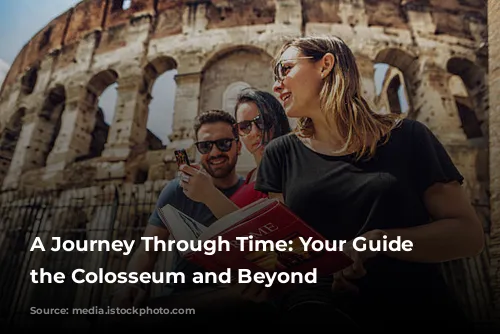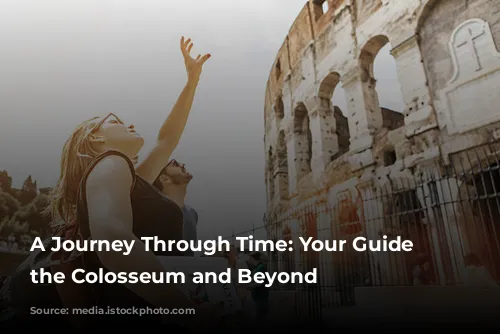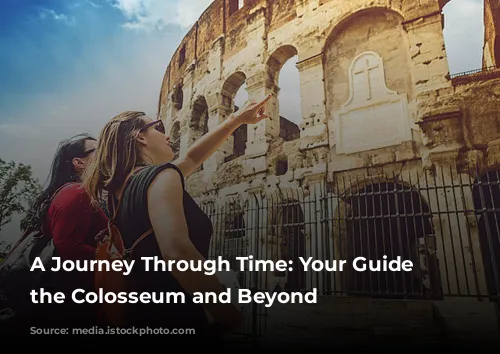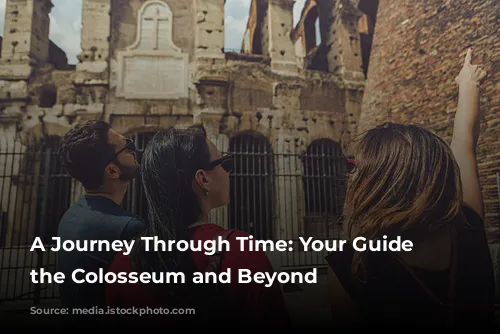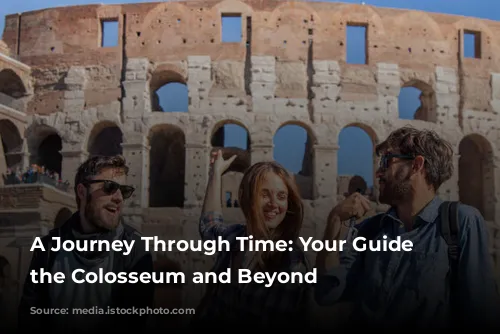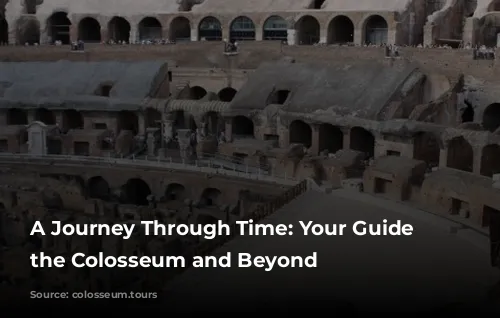Are you planning a trip to Rome? Then you absolutely must visit the Colosseum! This iconic monument is a must-see for anyone traveling to the Eternal City. But before you go, here’s what you need to know to make the most of your visit.
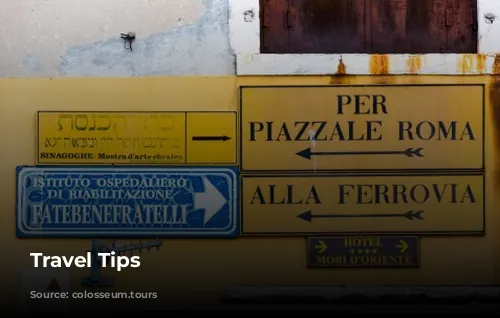
Planning Your Visit
Colosseum Hours & What to Leave Behind
The Colosseum’s opening hours vary depending on the time of year.
- January 2 – February 15: 8:30 AM to 3:30 PM
- February 16 – March 15: 8:30 AM to 4:00 PM
- March 16 – Last Saturday of March: 8:30 AM to 4:30 PM
- Last Sunday of March – August 31: 8:30 AM to 6:15 PM
- September 1 – September 30: 8:30 AM to 6:00 PM
- October 1 – Last Saturday of October: 8:30 AM to 5:30 PM
- Last Sunday of October – December 31: 8:30 AM to 3:30 PM
You can avoid long lines and guarantee entry by booking tickets in advance. It’s also a great way to get priority access and skip those queues, giving you more time to explore!
Important: There are a few things you shouldn’t bring into the Colosseum.
- Large bags and backpacks: They’re just too big and can create a security hazard.
- Wheeled bags: These can be hard to maneuver in the crowded areas.
- Glass containers: They’re fragile and pose a risk to others.
- Weapons: Obviously, these are not allowed!
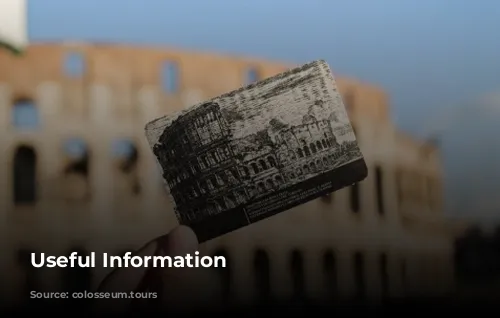
A Glimpse into History
The Colosseum is a window into the past, a testament to the engineering prowess and spectacle of the ancient Romans.
Built by Emperor Vespasian of the Flavian dynasty around 70-80 AD, this massive amphitheater was used for a wide range of events. Imagine gladiators battling, exotic animals being hunted, and even mock sea battles! It could accommodate a whopping 80,000 spectators.
The Colosseum’s architecture is simply awe-inspiring. Its large oval shape and four levels, reaching a height of around 48 meters, are a feat of engineering. Built using a combination of limestone, concrete, and bricks, the Colosseum features three tiers of arches adorned with different columns: Doric on the lower level, Ionic in the middle, and Corinthian on the top. With cleverly designed ramps, stairs, and tunnels, the Colosseum allowed for easy movement of people and animals during events.
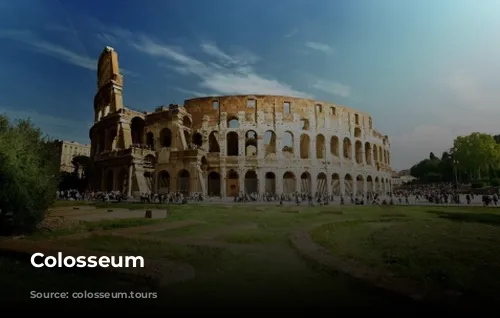
The Colosseum at Night
The Colosseum doesn’t just shine during the day. At night, the Colosseum is illuminated, creating a majestic and enchanting scene against the dark sky. It’s a captivating reminder of the Colosseum’s fascinating history and the city’s vibrant past.
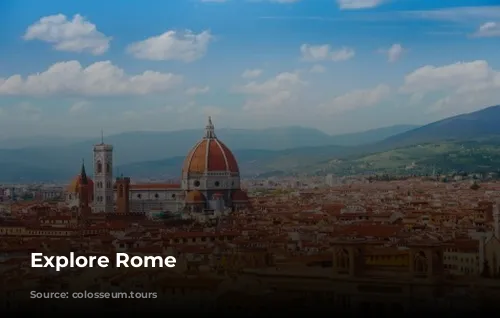
Beyond the Colosseum: A Taste of Rome
While you’re in Rome, make sure you savor authentic Roman cuisine. While there are many upscale dining options, nothing beats the flavor of street food. Try some of the local favorites!
When it comes to tipping, many restaurants in Rome automatically include a service charge in the bill. However, if you’re particularly happy with the service or if the bill doesn’t include a service charge, it’s customary to leave a 10% tip.
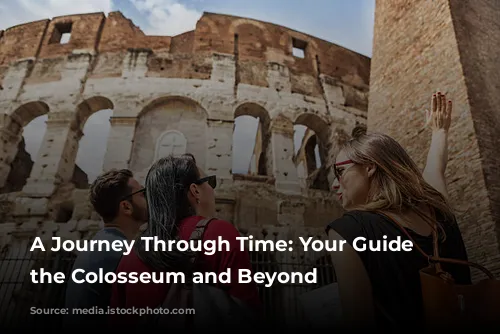
Exploring the Ancient City: A Guided Tour
Want to delve deeper into Ancient Rome? Join a guided tour! You’ll be amazed by the historical significance of these ancient sites and learn stories that will bring the past to life.
Colosseum & Ancient City Tour
On this tour, you’ll explore the highlights of Ancient Rome with a knowledgeable guide. You’ll learn about the Colosseum’s architecture, its history, and the fascinating world of gladiators. Then, venture to the Palatine Hill, where emperors once resided. Enjoy breathtaking views and explore the ruins of their grand homes. Finally, journey to the Roman Forum, a bustling center of political activity in ancient Rome. You’ll marvel at temples, offices, and the Senate building.
Colosseum & Ancient City: Personalized Tour
Looking for a more personalized experience? This tour lets you explore the Colosseum and Ancient Rome at your own pace. Your friendly and professional guide will tailor the tour to your interests, ensuring you get the most out of your visit.
This tour also includes priority access to the Colosseum, allowing you to bypass the crowds.
Colosseum & Roman Forum: Private Tour
Want a truly exclusive experience? This private tour offers a unique perspective on the Colosseum and Roman Forum. After meeting your guide at Trajan’s Column, you’ll take a short walk through the Imperial Forum before entering the Roman Forum. Your guide will highlight the most famous monuments and share hidden gems often missed on larger tours.
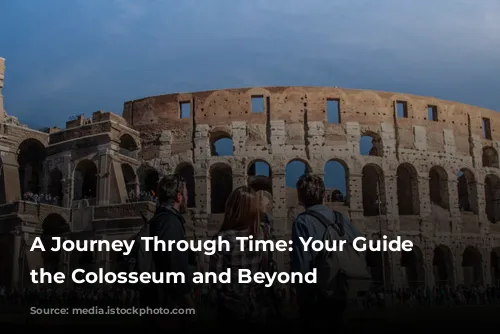
Spiritual and Artistic Treasures: The Vatican
No trip to Rome is complete without a visit to the Vatican City, a place of immense historical and spiritual significance. It’s the home of the Pope and the Roman Catholic Church, a center of global reverence.
The Vatican Museums are a treasure trove of art and history. Here, you’ll see iconic works by Michelangelo and Raphael. The Sistine Chapel, with its mesmerizing frescoes, is a must-see. Michelangelo’s masterpiece on the ceiling is simply breathtaking!
The St. Peter’s Basilica is equally captivating, with its awe-inspiring architecture and religious significance.
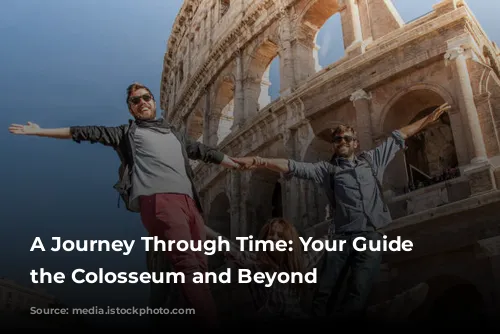
Beyond the Monuments: Authentic Roman Neighborhoods
Step away from the tourist crowds and explore the authentic neighborhoods of Rome.
Trastevere is a charming neighborhood with narrow cobblestone streets, colorful buildings, bustling piazzas, lively trattorias, and a vibrant nightlife.
Monti offers a more eclectic vibe, blending ancient ruins with trendy boutiques and artisanal shops. Wander through its labyrinthine alleys and discover hidden gems, quaint cafes, and artisan workshops. It’s a haven for artists and creatives.
Both neighborhoods have picturesque squares where locals gather, creating a lively atmosphere perfect for leisurely strolls.

Free Museum Days
In Rome, the first Sunday of every month offers free entry to state-owned museums, galleries, parks, and some archaeological sites. It’s a great opportunity to save money and explore these attractions. However, remember that it’s the busiest day of the month, so plan to arrive early.
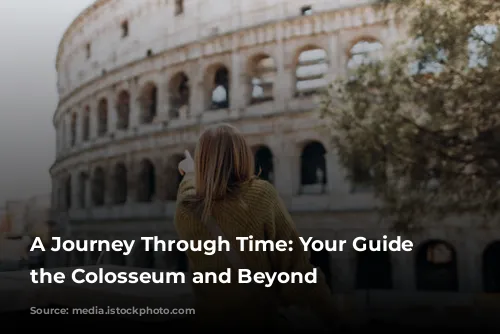
The Colosseum: A Symbol of Rome’s Past and Present
The Colosseum is much more than just a monument; it’s a powerful symbol. It is a reminder of the ancient Roman Empire’s power and might. It was a symbol of prestige and, yes, even savagery. Today, it stands as an icon of the modern city of Rome, much like the Eiffel Tower in Paris. It’s a testament to the enduring power of history and a must-see for any visitor to Rome.
